Salt does more than just make food taste better—it can completely transform your cooking. Different types of salt bring unique flavors, textures, and finishing touches to your dishes.
Understanding which salt works best for different cooking methods will help you create restaurant-quality meals at home. Ready to discover how the right salt can elevate your favorite recipes?
1. Flaky Salt
Pyramid-shaped crystals make this salt a chef’s secret weapon for finishing dishes. The delicate texture dissolves quickly on your tongue, delivering bursts of flavor without overwhelming your taste buds.
Perfect for sprinkling over chocolate desserts, fresh salads, or grilled vegetables right before serving. The flakes add both taste and visual appeal to your plates.
Store flaky salt in an airtight container to keep those beautiful crystals intact. A little goes a long way—just a pinch transforms ordinary dishes into something special.
2. Sea Salt
Harvested directly from evaporated seawater, this salt carries minerals that give it a complex, briny flavor. Each grain contains tiny traces of the ocean’s natural elements.
Excellent for seasoning pasta water, brining meats, or creating salt crusts for fish. The mineral content enhances the natural flavors of seafood and vegetables beautifully.
Choose coarse sea salt for cooking and fine sea salt for baking. The texture affects how quickly it dissolves, so match the grain size to your cooking method for best results.
3. Table Salt
Refined and consistent, table salt dissolves evenly in recipes and measures accurately every time. Anti-caking agents keep it flowing freely from shakers and measuring spoons.
Best for baking, where precise measurements matter most. The fine crystals distribute uniformly through batters and doughs, ensuring consistent flavor throughout your baked goods.
Skip table salt for finishing dishes—its sharp, one-dimensional taste lacks the complexity that makes food truly memorable. Save it for recipes where you need reliable, predictable results instead.
4. Seasoned Salts
Convenience meets flavor in these pre-mixed blends that combine salt with herbs, spices, and aromatics. Popular varieties include garlic salt, onion salt, and celery salt.
Great for quick seasoning of popcorn, french fries, or rim cocktail glasses. These blends save time when you want multiple flavors in one shake.
Read ingredient lists carefully—some contain artificial flavors or excessive sodium. Quality seasoned salts use real dried herbs and spices, creating more authentic tastes for your cooking adventures.
5. Pink Himalayan Salt
Ancient sea beds trapped beneath mountains created this striking pink salt millions of years ago. Iron oxide gives it the beautiful rose color that makes every dish Instagram-worthy.
Works wonderfully for grilling, roasting, and as a finishing salt on light-colored foods. The mild flavor won’t overpower delicate dishes like fish or chicken.
Try using pink salt slabs as serving plates for sushi or cheese—they add subtle seasoning while keeping food cool. The dramatic presentation impresses guests at dinner parties.
6. Black Salt
Don’t let the name fool you—this salt appears more purple-gray than truly black. The sulfur compounds create an egg-like aroma that transforms into umami richness when used correctly.
Popular in Indian cuisine, especially for fruit salads, chutneys, and street food. The unique flavor adds depth to vegetarian dishes and complements tangy, spicy foods perfectly.
Start with small amounts until you appreciate its distinctive taste. Black salt works magic in vegan cooking, mimicking the sulfur notes found in eggs for plant-based scrambles and quiches.
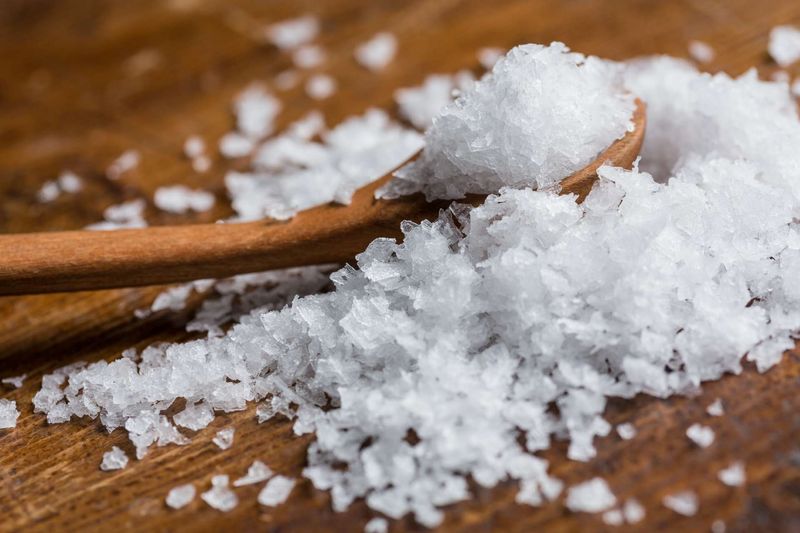
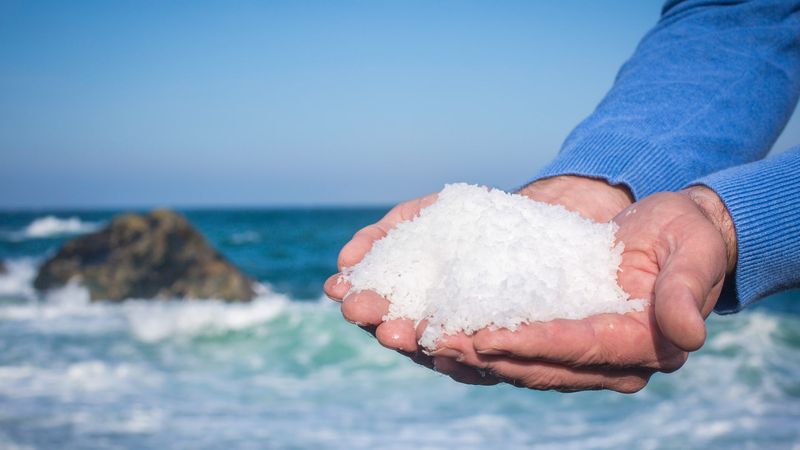
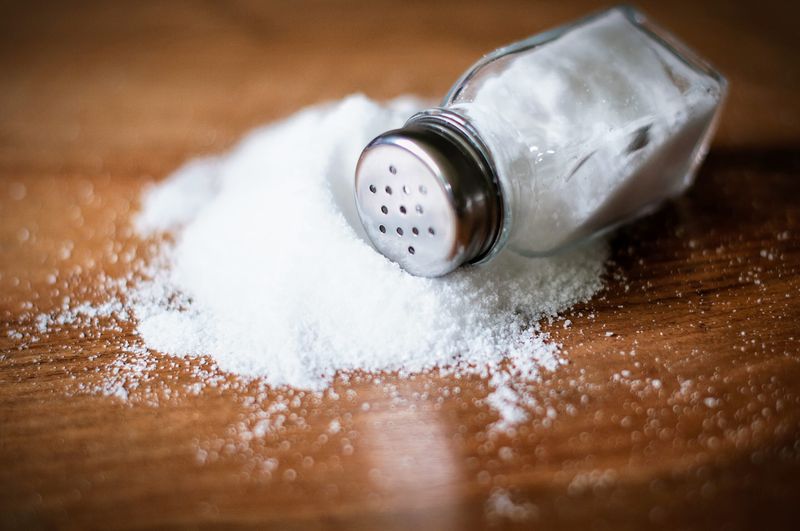
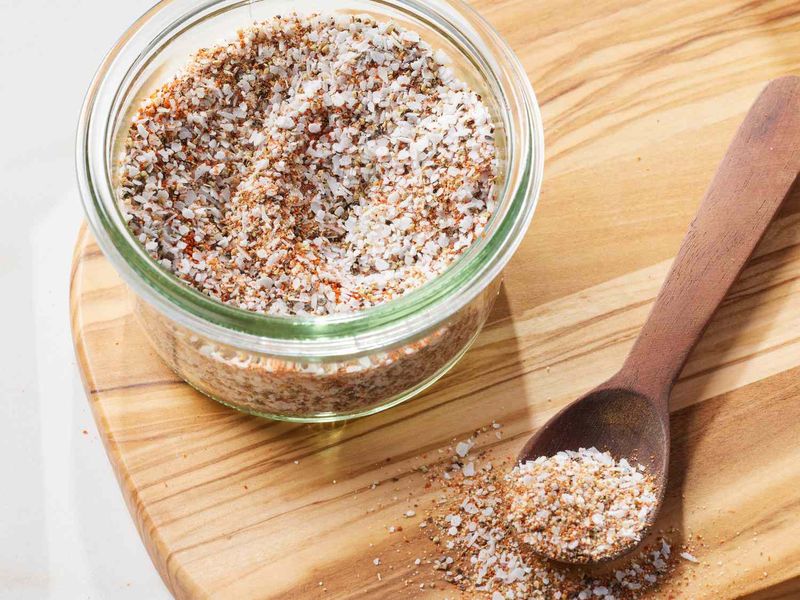
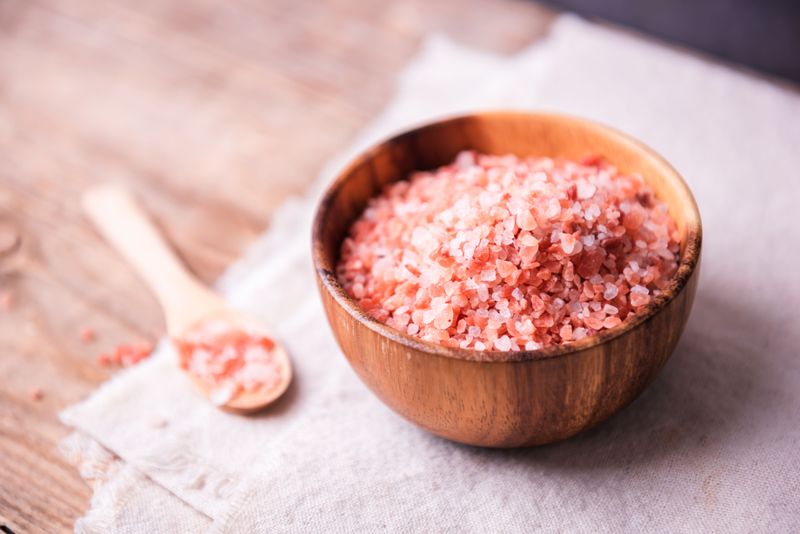
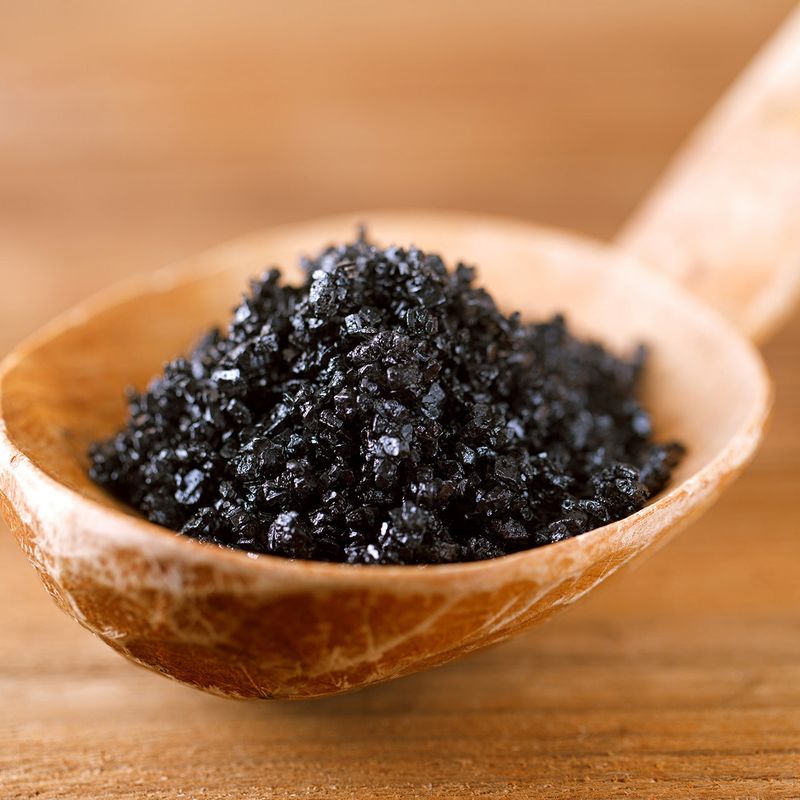
Leave a comment